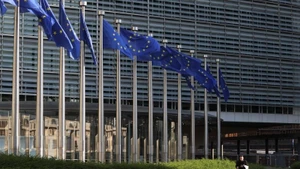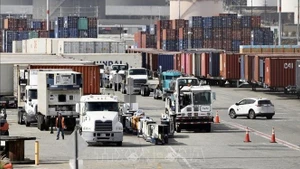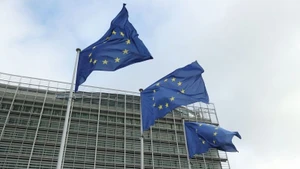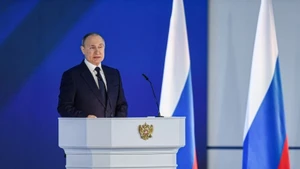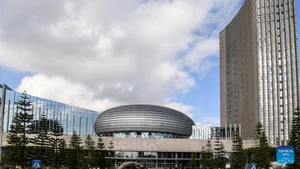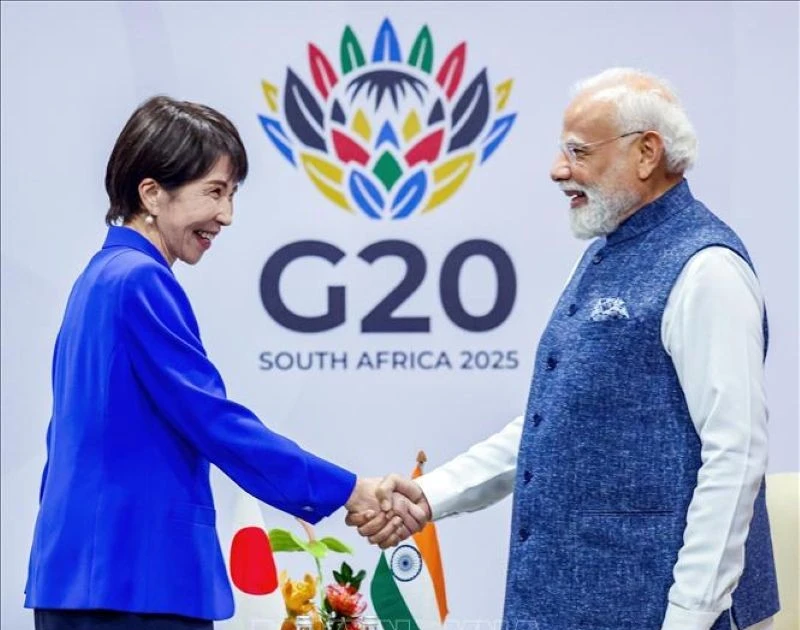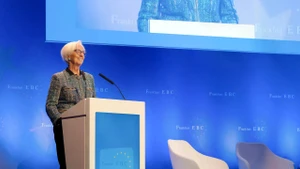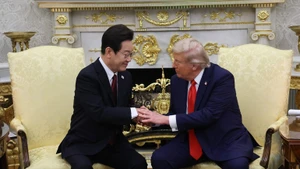If left unchecked, these three “bombs” could explode at any moment, triggering a shockwave that destabilises the already fragile global economic recovery.
When news of the new US tariff rates emerged in early 2025, experts warned of the risk of a global recession. However, contrary to the wave of pessimistic forecasts a few months ago, the world economy has seen an unexpected rebound.
According to the IMF, thanks to flexible policy responses, private sector adaptability, and favourable financial conditions, the global economy as a whole has remained resilient amid the turbulence caused by tariff shocks and trade tensions. The IMF projects that global growth in 2025 will hold steady at a relatively positive rate of 3.2%.
Nevertheless, this may only be the calm before the storm, as the world economy finds itself in a “triple bind,” besieged by three major risks. First and foremost is the danger of a full-blown global trade war as protectionism spreads and tariff barriers continue to rise. IMF Managing Director Kristalina Georgieva noted that the impact of the new tariffs has not yet been fully felt, and the upward revisions in growth projections mainly reflect temporary factors. In the medium and long term, the outlook remains bleak.
Most businesses are struggling to cope with the current difficulties by stockpiling goods and accepting reduced profit margins rather than raising prices. However, Prof. Karen Dynan of Harvard University (US) warned that if current trade tensions persist, this resilience will be difficult to sustain. A global economic slowdown would then be unavoidable.
The World Trade Organization (WTO) has also cautioned that global merchandise trade growth may be severely constrained in the coming years, as the ripple effects of trade conflicts among major economies begin to spread. The volume of global merchandise trade is forecast to rise by only 0.5% in 2026, marking a sharp decline from 2.4% this year.
Beyond tariff barriers, the potential collapse of financial markets poses another significant threat. According to the IMF, technology stocks, particularly those linked to artificial intelligence (AI), have overheated. Current market valuations are approaching levels seen during the early-2000s “dot-com bubble,” when overinflated tech stocks crashed dramatically. Many experts now fear that if the AI boom reverses suddenly and technology stock values plummet, a chain reaction could trigger widespread financial turmoil.
The third “bomb” threatening the global economy is the persistent public debt burden weighing heavily on developing countries. Global public debt is expected to surpass 100% of gross domestic product (GDP) by 2029. This means that the combined debts of governments, businesses, and households will exceed the total value of global output.
According to the IMF, the rapid rise in public debt stems from prolonged fiscal deficits, the lingering effects of the pandemic, and high interest rates. In the long run, this trend could inflate borrowing costs, push interest rates even higher, constrain fiscal spending, and weaken the ability of governments to respond to economic shocks.
IMF Managing Director Kristalina Georgieva recently warned that “uncertainty” has become the new normal for the global economy. Against this backdrop, the annual meetings of the IMF and WB are expected to find ways to address bottlenecks and unlock solutions to the current deadlock facing the world economy. Yet, clearly, this is no easy task without cooperation and goodwill from all nations, especially the world’s major economies.

